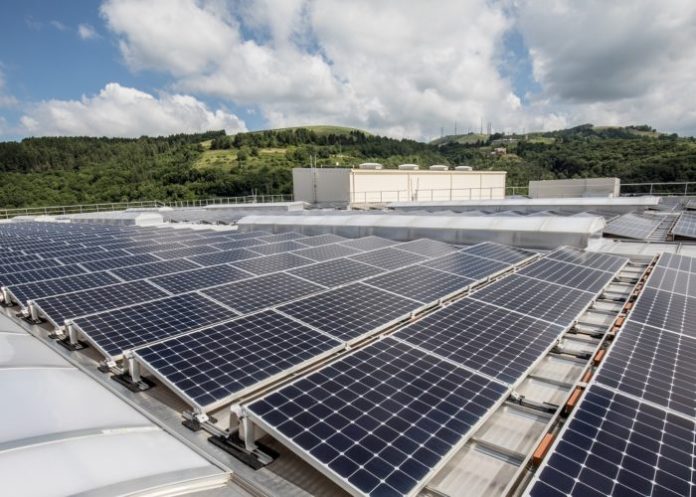China’s economy has been experiencing a slowdown. However, selected sectors such as the electric vehicle industry are displaying remarkable growth. This trend is a result of the country’s economic policy adjustments in the previous three years that saw a decreased interest in internet-platform businesses and real estate firms and a bolstered focus on technical fields such as semiconductors, batteries, and similar hard-tech sectors.
Although the current overall performance of the economy seems unimpressive, it shows potential for improvement in the long term. The second quarter witnessed a 6.3% growth from the previous year; however, contextually, this is less significant given that the pandemic had brought substantial parts of the economy to a standstill in the previous spring. China’s GDP is anticipated to grow around 5% in 2023; nevertheless, given the dwindling growth rate in the last quarter, future growth is uncertain. On a concerning note, weakness in private investment and consumption have continued, with the former having reduced since the first half of last year. This scenario has not unfolded since 2010 excepting the pandemic affected year of 2020.
However, this apparent economic frailty hides the strength of several sectors, including electric vehicles, batteries, and clean power providers. In the first half, investment in electrical machinery and equipment surged 39% compared to the previous year, while a 20% growth was registered in autos investments. Private sector manufacturing overall saw an 8.6% increase in the first five months, a slower pace compared to last year but certainly an improvement compared to the overall factory investment.
As of now, these emerging sectors, although growing rapidly, are yet small in comparison to established industries such as computers, phones, and e-commerce. Yet, as these sectors continue to grow, that might change if China retains its leadership position in these industries. The export data of Electric Vehicles (EVs) are particularly impressive with an upward pull experienced in most parts of China’s auto supply chain owing to enhanced market shares in Russia. In June, exports of motor vehicles and vehicle components increased by a solid 40% compared to the previous year while a 42% growth was witnessed in the export of lithium-ion batteries.
One potential future scenario predicts a phase of below-average growth and high youth unemployment as the economy heals from the blow delivered to real estate, software, and general service sectors. This process includes reshaping the labor force towards thriving sectors like batteries and autos, and is followed by a phase of robust growth in the later half of the decade as these sectors mature. The interim structural damage will heavily rely on Beijing’s fiscal and monetary support, however, the indicators are not particularly promising at the moment. Despite facing structural, demographic, and political challenges, it would be imprudent to dismiss China in the medium term, especially if it continues to dominate key sectors that are anticipated to shape the world economy.






